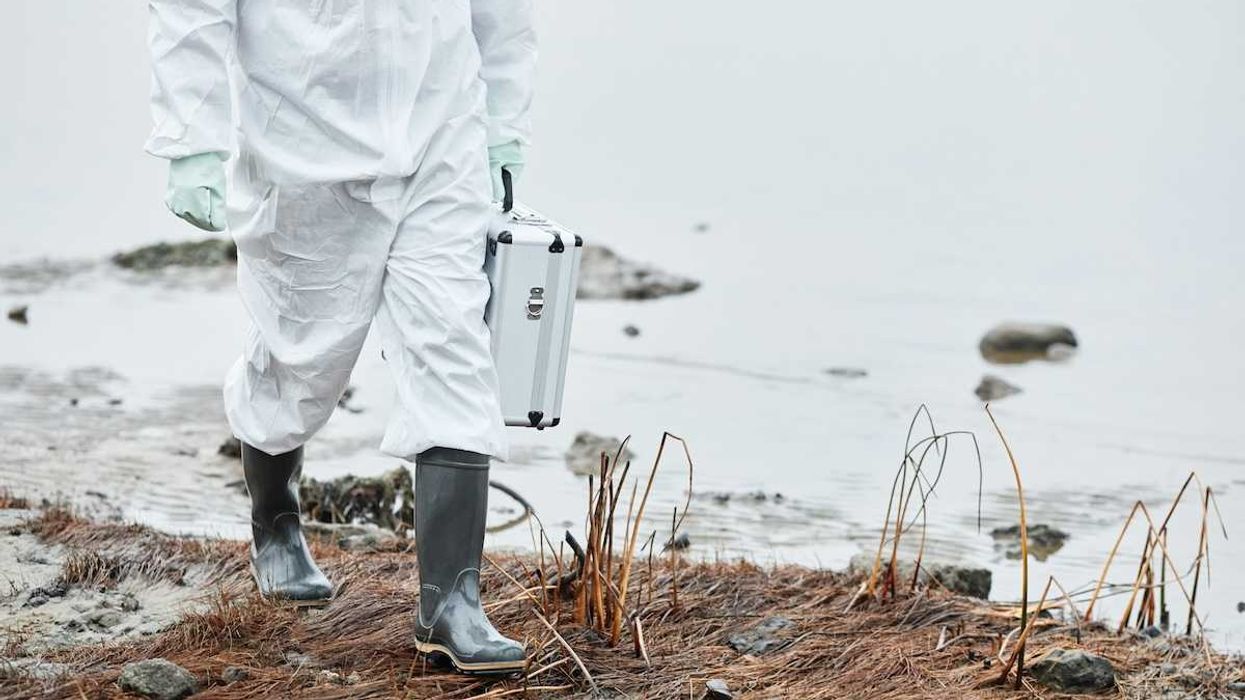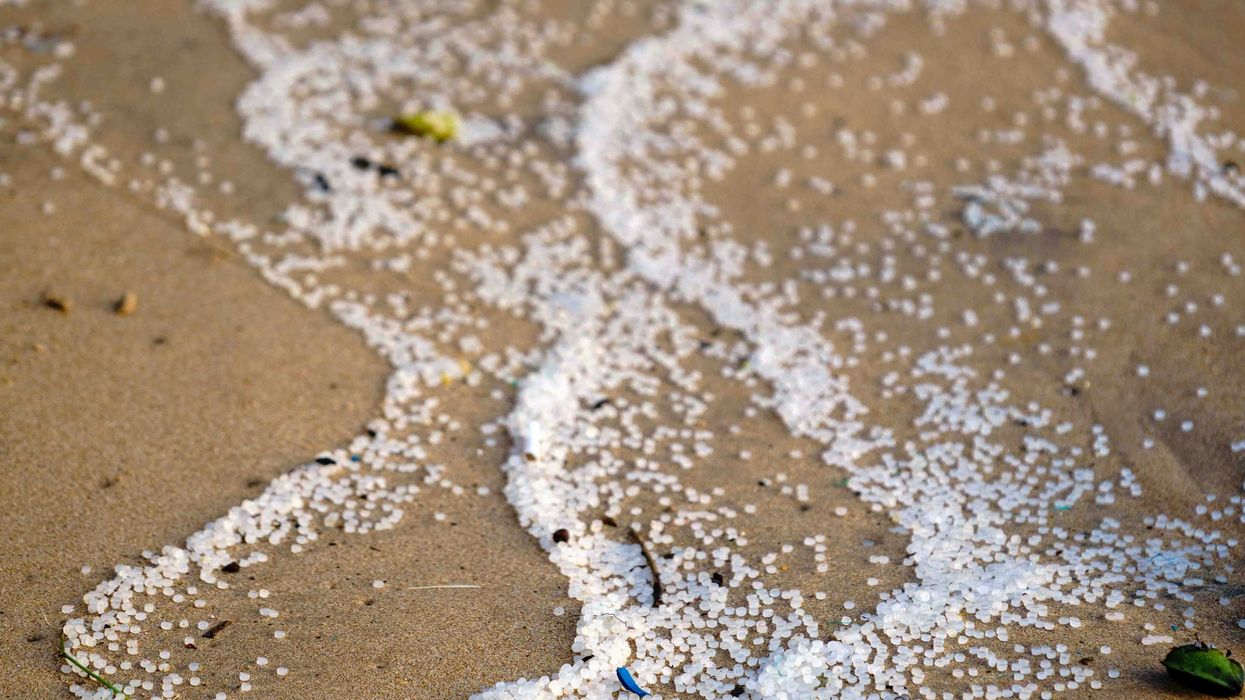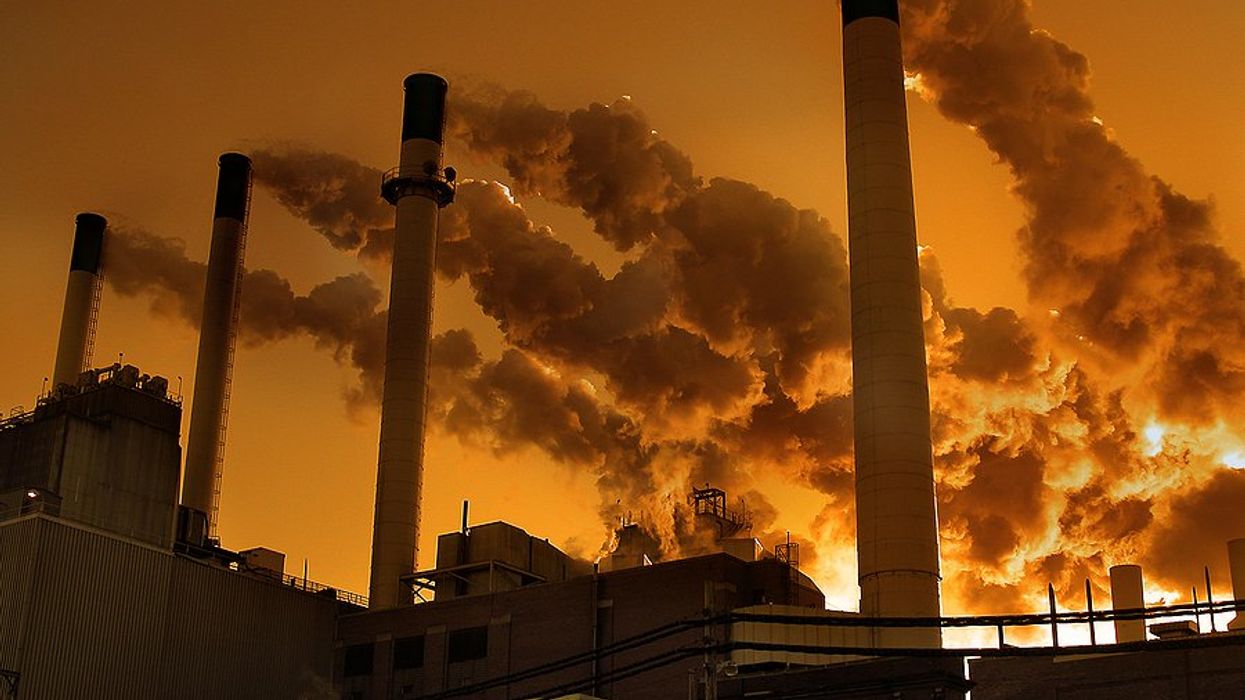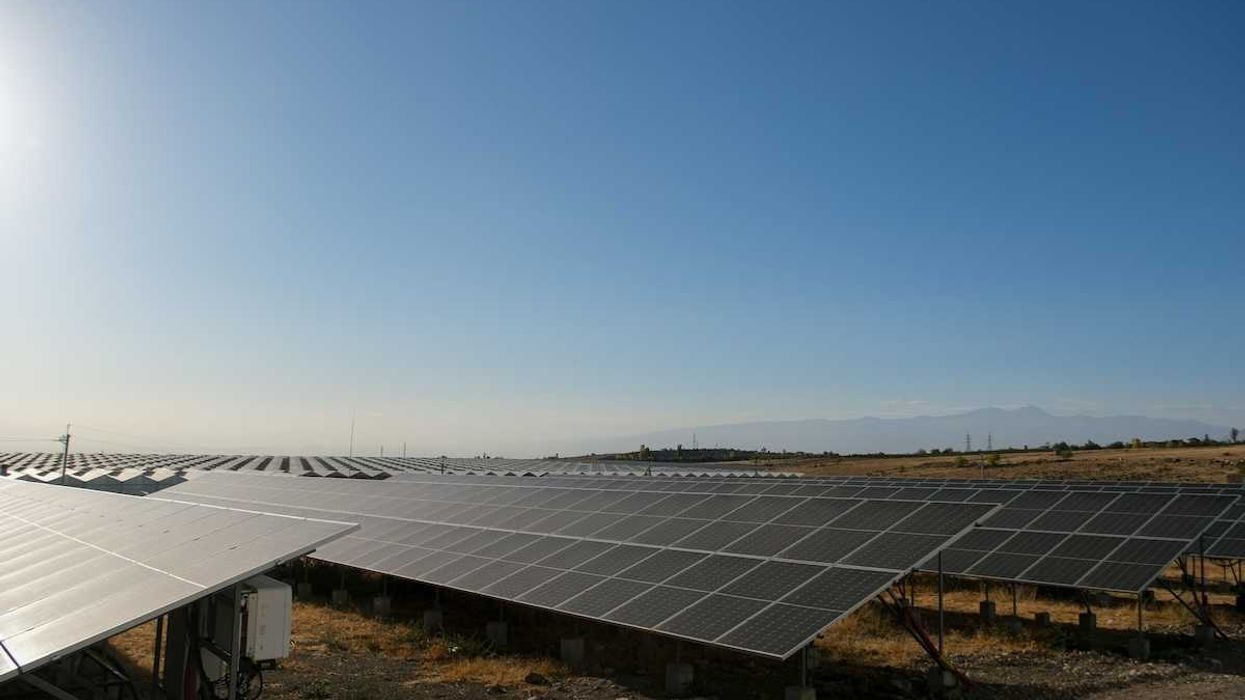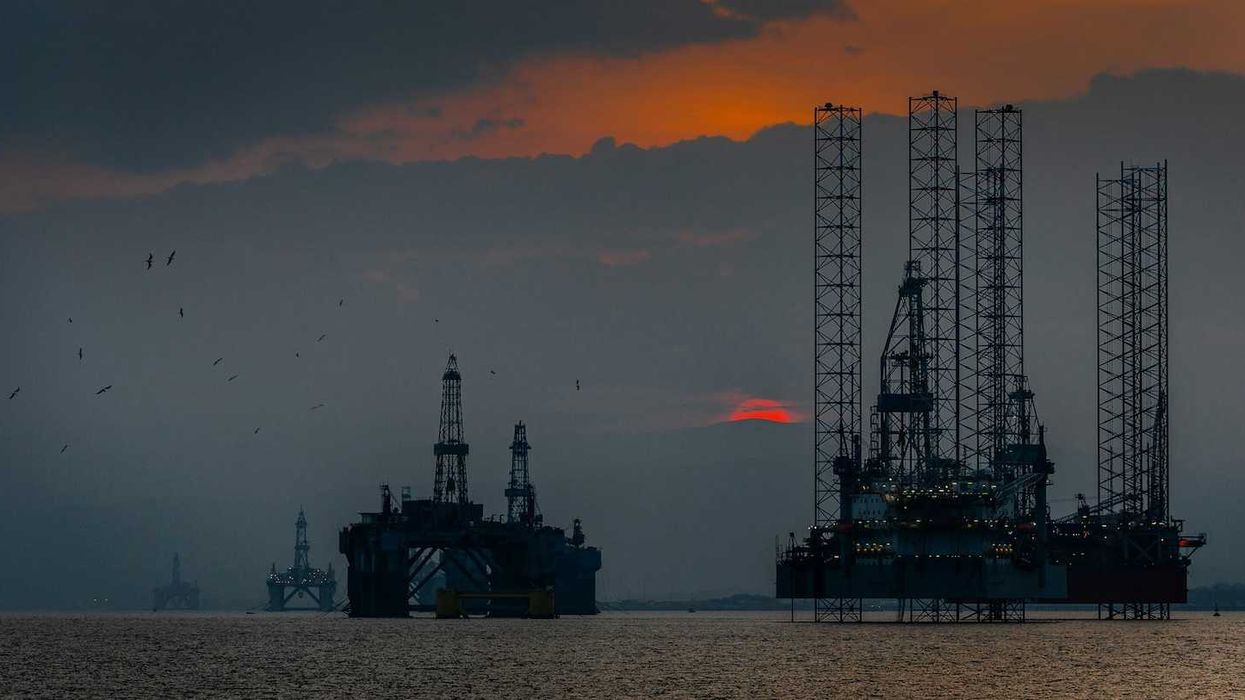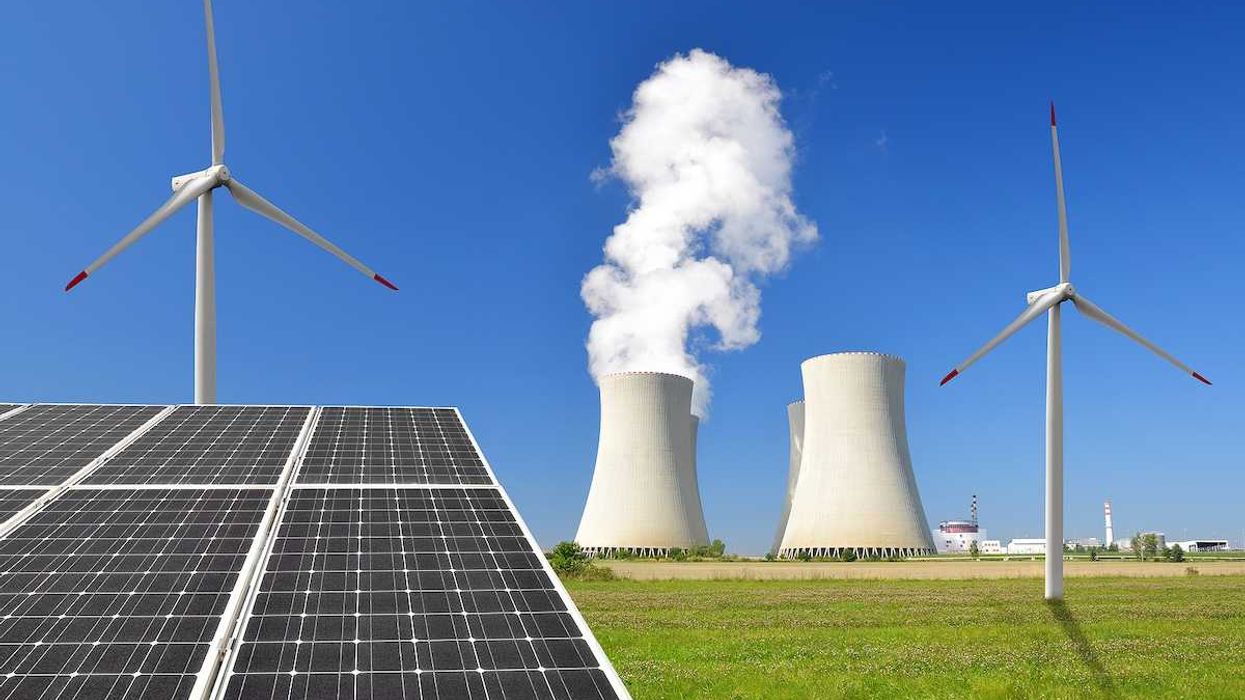Editor's Note: This story is part of "Sacred Water," EHN's ongoing investigation into Native American struggles—and successes—to protect culturally significant water sources on and off the reservation.
CROW AGENCY, Mont.—The Crow are not alone in their struggle with uranium. The toxic metal is irrefutably intertwined with Native Americans, long a notorious national environmental injustice.
Some 15,000 abandoned uranium mines with uranium contamination pocket 14 Western states. Of those, 75 percent are on federal and tribal lands, according to the U.S. Environmental Protection Agency (EPA). Contamination is especially concentrated across the Colorado Plateau near the Four Corners region of Arizona, Utah, Colorado and New Mexico, leaving a lasting impact on tribes such as Navajos, Utes, Hopi and Zuni.
The area became saturated with the dangerous metal from the heavy mining fueled by Cold War-era anxieties in the 1940s and '60s, and the lax cleanup of the 1980s.
Most of the mines were on federal land—managed by the Forest Service or Bureau of Land Management. But tribes, namely the Navajo, were swept into the uranium-mining boom for both their labor and land and are still dealing with the mess it left.
More than 521 abandoned uranium mines pocket Navajo land alone. Some 90 percent of uranium milling in the United States took place on or just outside the boundaries of Native American reservations, according to a 2015 study.
This left a legacy of dirty water, leftover toxic waste and health problems such as lung cancer and developmental delays for children in many Western tribes.
Such pollution becomes a force multiplier for Native Americans—on the Crow reservation it adds to economic, health and historical burdens, and further complicates the ability to cultivate and sustain their culture.
In the body, most—but not all—uranium is excreted. What remains settles mostly in the kidneys and bones. Excess uranium has been linked to increased cancer risk, liver damage, weakened bone growth, developmental and reproductive problems.
Even at low levels uranium may play a role in some cancers and fertility problems. Studies have shown it acts as an endocrine disruptor, mimicking the hormone estrogen. Hormones are crucial for proper development, and such altering can lead to some cancers and fertility and reproductive problems.
For the Navajo Nation, many men worked in mining or milling, unaware of the risks, and later dealt with various cancers and failing kidneys. In 2000 researchers reported that from 1969 to 1993 Navajo uranium miners had a lung-cancer rate about 29 times that of non-mining Navajos, according to the study published in the Journal of Occupational and Environmental Medicine.
Most of the mining tunnels, pits and waste piles remain on the reservation today near Navajo families. Water, already scarce, remains tainted with uranium and other metals. In one report, researchers found elevated uranium levels in the urine of 27 percent of almost 600 Navajo tribal members tested. The U.S. population as a whole is closer to 5 percent.
The uranium-mining legacy also left contaminated groundwater on the Wind River Reservation in Wyoming, home to the Eastern Shoshone and Northern Arapaho Indians. In Washington state, two mines were shuttered in the 1980s, but more than 30 million tons of radioactive rock and ore remain at the site. Today it is a federal Superfund site. Researchers are now tracking cancer rates on the Spokane Indian Reservation.
This toxic trail spreads throughout the West. Some uranium mining took place near the Crow Reservation, but naturally occurring levels can infiltrate drinking water wells too. And private wells don't have the same safeguards of testing and treatment that public water does.
“We see a high percentage of wells contaminated with trace elements like uranium in the double digits all over the U.S, but they are certainly more prevalent in Western, more arid areas," says Joe Ayotte, chief of groundwater quality studies section for the U.S. Geological Survey.
The USGS reported 20 percent of untreated water samples from public, private and monitoring wells nationwide contained concentrations of at least one trace element, such as uranium, arsenic and manganese. Manganese and uranium were found at levels at or above human health standards in 12 percent and 4 percent of wells nationwide, respectively, according to the study.
Like the rest of the country, Montana home wells have historically not been tested for elements such as uranium and manganese, so it's unclear if Crow is an outlier or the norm for the state.
The Montana Department of Environmental Quality does not have regulatory authority over private wells on tribal lands, says Lisa Peterson, an agency spokesperson, adding that they haven't received any information about contamination on the Crow Reservation.






